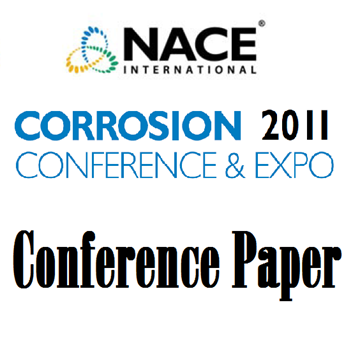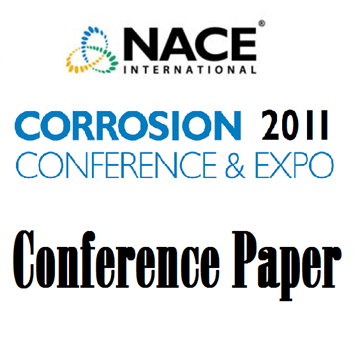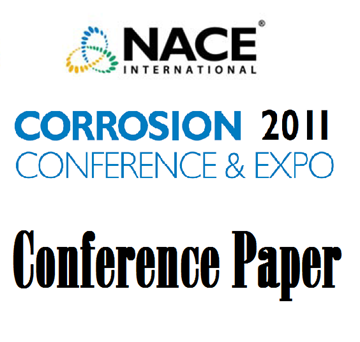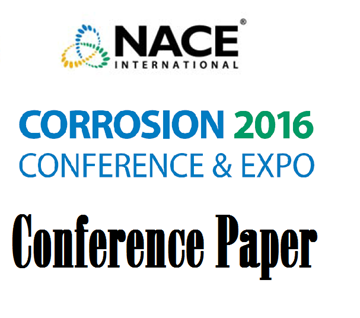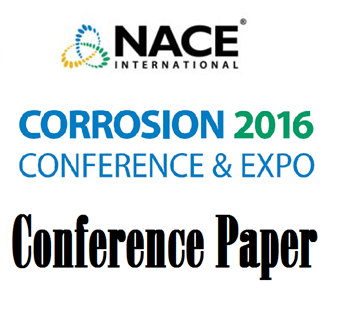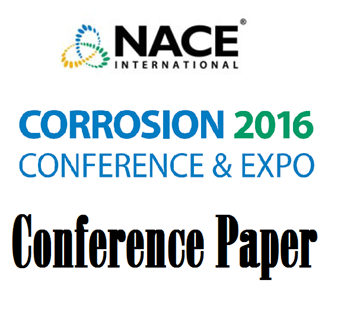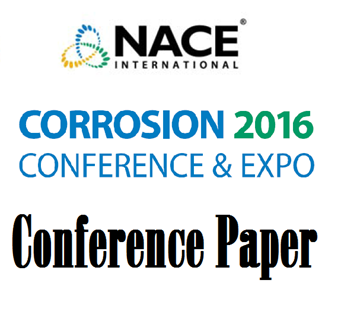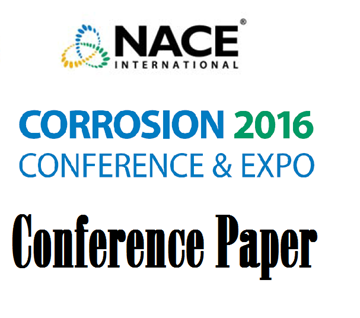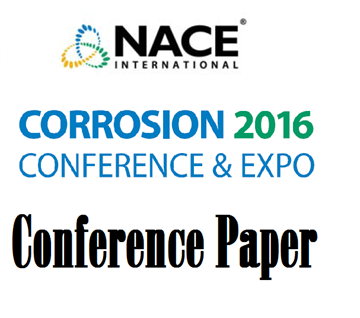Search
Coatings and Linings
View as
Sort by
Display
per page
11036 Low Temperature Mechanical Properties of Passive Fire Protective Coatings
Product Number:
51300-11036-SG
ISBN:
2011 11036 CP
Publication Date:
2011
$20.00
11039 The Progress of Newly Developed Fluoro-polymer Topcoat Systems Weathering performance and track records since the 1980’s
Product Number:
51300-11039-SG
ISBN:
2011 11039 CP
Publication Date:
2011
$20.00
11369 Designing FRP Process Piping with IS 14692
Product Number:
51300-11369-SG
ISBN:
2011 11369 CP
Publication Date:
2011
$20.00
20 Year Colour Lifetimes for Architectural Restoration Coatings - Theory and Reality
Product Number:
51216-020-SG
Publication Date:
2016
$20.00
3D Printing Of Cemented Carbide: A Review And Perspectives In Oil Sands
Product Number:
51322-17506-SG
Publication Date:
2022
$20.00
51316-6970-Development Of Spray-Applied Pipeline Erosion-Protective Epoxy Linings
Product Number:
51316-6970-SG
ISBN:
6970 2016 CP
Publication Date:
2016
$20.00
51316-7024-High Temperature FBE Coating Disbondment in Multi-Layer PP Insulation Coatings
Product Number:
51316-7024-SG
ISBN:
7024 2016 CP
Publication Date:
2016
$20.00
51316-7065-Coating Deterioration-A Mechanistic Overview
Product Number:
51316-7065-SG
ISBN:
7065 2016 CP
Publication Date:
2016
$20.00
51316-7152-Self-healing protection of pipeline corrosion by epoxy coating with preloaded inhibitors
Product Number:
51316-7152-SG
ISBN:
7152 2016 CP
Publication Date:
2016
$20.00
51316-7174-Utilizing Nickel Alloy metal coating as an alternative to PWHT
Product Number:
51316-7174-SG
ISBN:
7174 2016 CP
Publication Date:
2016
$20.00
51316-7304-Evaluation of Protective Coating Performance in a Cyclic-Temperature Environment
Product Number:
51316-7304-SG
ISBN:
7304 2016 CP
Publication Date:
2016
$20.00
51316-7310-Development of Self-Healing Coatings using Encapsulated Linseed Oil and Tung Oil as Healing Agents
Product Number:
51316-7310-SG
ISBN:
7310 2016 CP
Publication Date:
2016
$20.00

